Durham is located in USDA Plant Hardiness Zone 7B. That means that the average annual minimum temperature is between 5 and 10 degrees Fahrenheit.
Plant hardiness zones are a way of classifying regions based on the coldest temperatures that are typically experienced in that area. They were first established by the United States Department of Agriculture (USDA) in 1960. Since then, many other countries have adopted them. The zones are based on 10-degree Fahrenheit increments and are intended to help gardeners and landscapers choose plants that are most likely to survive in their area.
Durham Zone 7B
In Durham, NC, the plant hardiness zone is 7B. This means that the average annual minimum temperature is between 5 and 10 degrees Fahrenheit. While this might seem like a relatively cold temperature, it’s important to keep in mind that this is just the average minimum. In reality, temperatures in Durham can fluctuate widely throughout the year, with hot and humid summers and cool, sometimes frosty winters.
Frost
Frost is a major concern for gardeners and landscapers in Durham, NC. It can damage or kill plants by freezing the water in their cells and causing the cells to burst. This can lead to brown or black spots on leaves and stems, stunted growth, and even plant death.
The average first frost date in Durham is around November 1st, while the last frost date is typically around April 5th. These dates are just averages, however, and it’s important to pay attention to the weather forecast to ensure that you’re planting at the right time.
Picking Plants
If you’re planning to start a garden in Durham, NC, you need to choose plants well-suited to the area’s climate and growing conditions. Some popular plants for this area include herbs like thyme, basil, and rosemary, as well as vegetables like tomatoes, peppers, and cucumbers.
Pay attention to planting dates and frost dates. If you’re starting plants from seeds, you’ll need to plant them indoors in late winter or early spring. That way, they’ll be ready to transplant outside after the last frost. If you’re planting directly in the ground, you’ll want to wait until after the last frost date for most plants.
One way to extend the growing season in Durham is to use protective coverings like row covers or cloths to protect plants from frost. These coverings can help to trap heat around the plants, keeping them warm even on cold nights.
Other Factors
In addition to paying attention to planting and frost dates, it’s important to take other factors into account when planning your garden in Durham, NC. Soil type, sun exposure, and drainage can all affect the health and growth of your plants. By doing some research and planning ahead, you can create a beautiful and productive garden in this unique and varied climate.
You should select varieties well-suited to the area’s climate and growing conditions. Native plants are more likely to thrive and produce a bountiful harvest.
Popular Zone 7B Plants
Some popular vegetables that grow well in Durham’s climate include tomatoes, peppers, cucumbers, beans, squash, and sweet potatoes. Herbs like basil, cilantro, and thyme are also well-suited to the area, as are a variety of flowers and ornamental plants.
When planning your garden, it’s important to consider factors like soil quality and drainage. Durham’s soil is generally sandy or clayey, with varying levels of fertility. To improve soil quality, you may need to amend the soil with compost or other organic matter. Good drainage is also important, as poorly-drained soil can lead to root rot and other problems.
Climate
Durham’s climate can also be affected by weather patterns like hurricanes, which can bring heavy rain and strong winds. To protect your garden from the effects of these storms, it’s a good idea to stake or tie down tall plants and to harvest any ripe produce before the storm arrives.
Garden Maintenance
In addition to planting at the right time and selecting the right plants for your garden, it’s also important to practice good garden maintenance. This includes regular watering, fertilizing, and pruning, as well as controlling pests and diseases.
One way to reduce pest problems in your garden is to use natural pest control methods like companion planting and crop rotation. Companion planting involves planting certain plants together that have natural pest-repellent properties, while crop rotation involves planting different crops in the same area in different seasons to reduce the buildup of pests and diseases.
Water
Another important aspect of garden maintenance is watering. In Durham’s climate, plants will typically need to be watered regularly, especially during dry spells. It’s important to water deeply and thoroughly, allowing the soil to dry out slightly between waterings to prevent overwatering.
Fertilizer
Fertilizing is also important to ensure healthy plant growth and bountiful harvests. Organic fertilizers like compost, manure, and bone meal are good options for Durham’s gardens, as they provide nutrients in a slow-release form that won’t burn plants or leach into groundwater.
Conclusion
In summary, Durham, NC is located in USDA Plant Hardiness Zone 7B, which means that the average annual minimum temperature is between 5 and 10 degrees Fahrenheit. Frost is a major concern for gardeners and landscapers in this area, with an average first frost date around November 1st and a last frost date around April 5th. With a little planning and effort, you can create a beautiful and productive garden in this unique and varied climate.
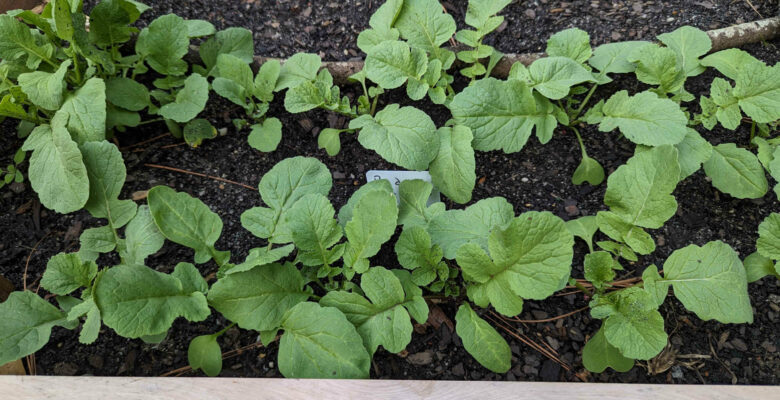

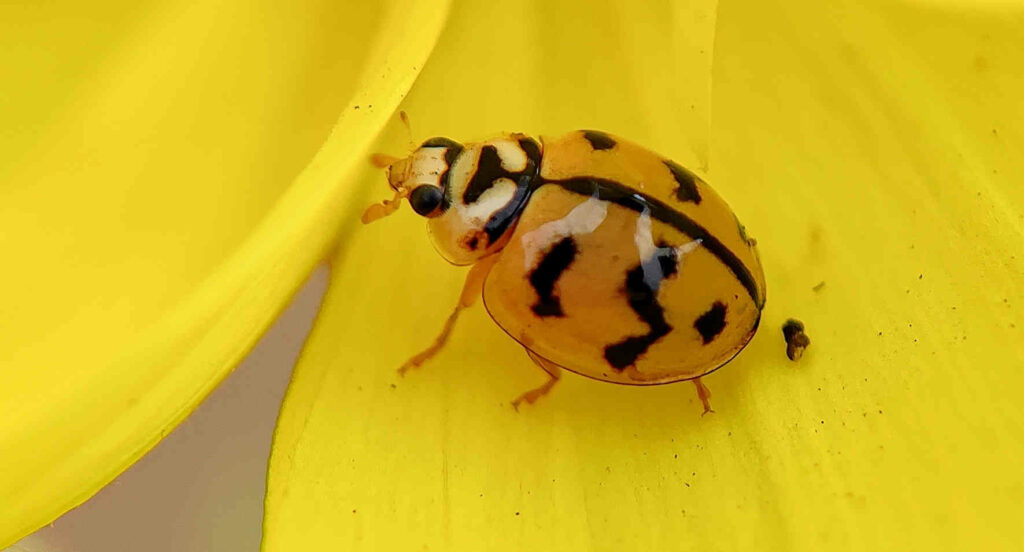
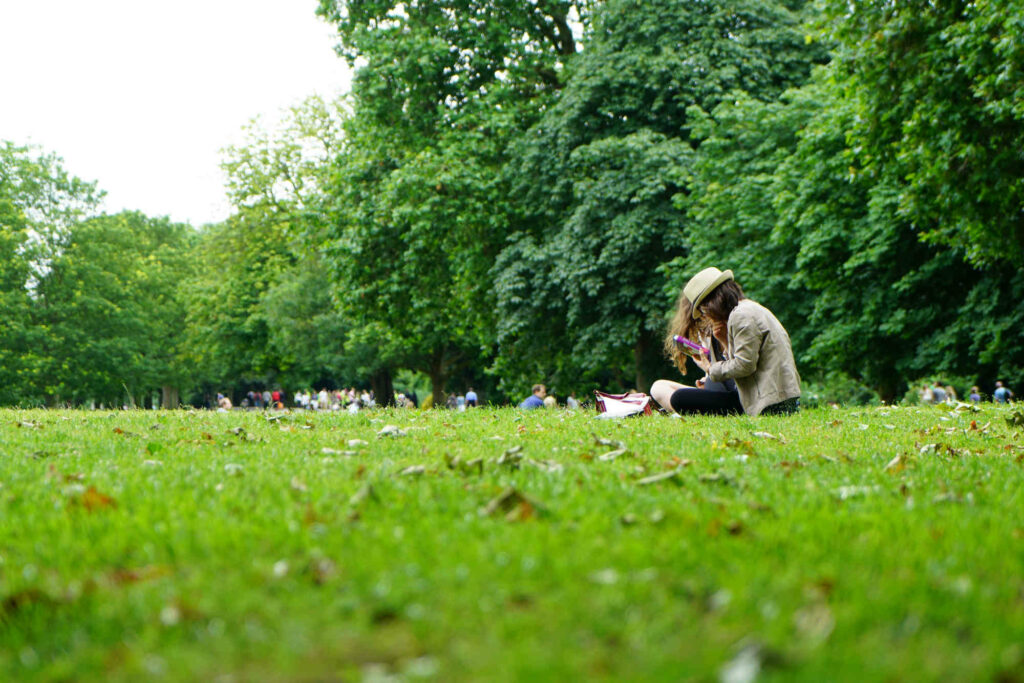

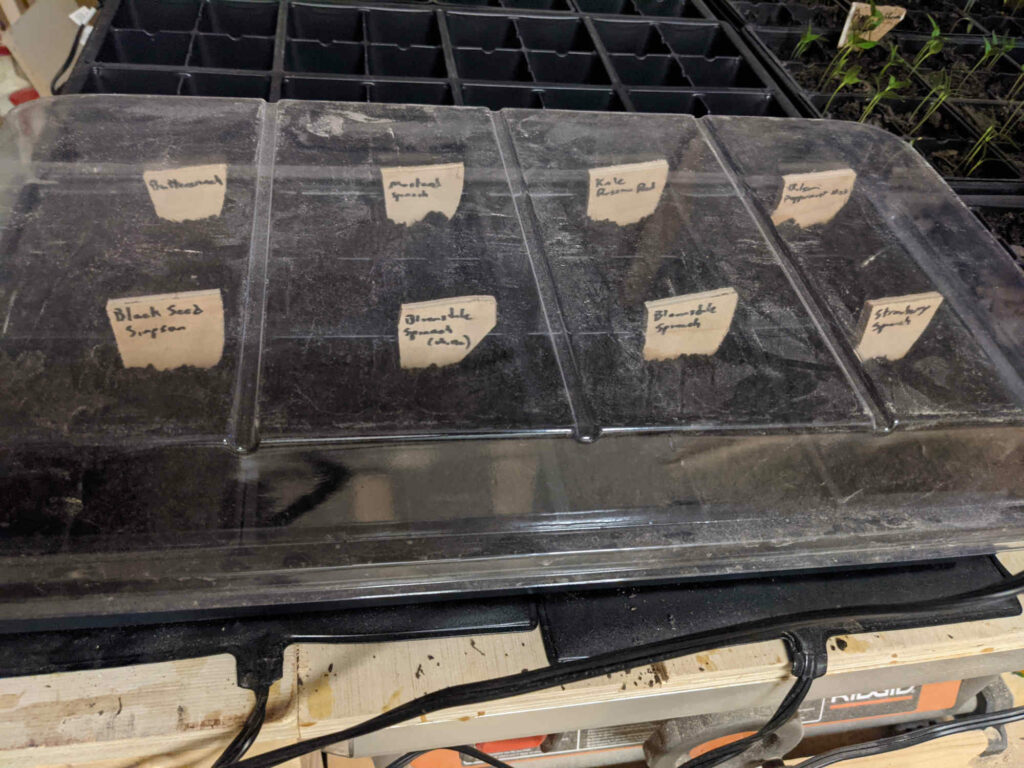
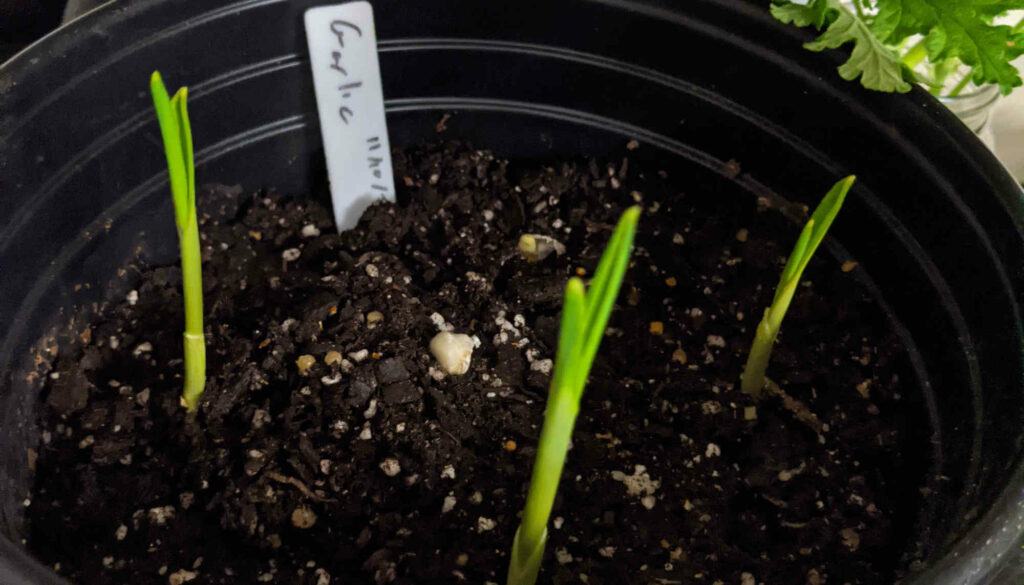
Leave a Reply